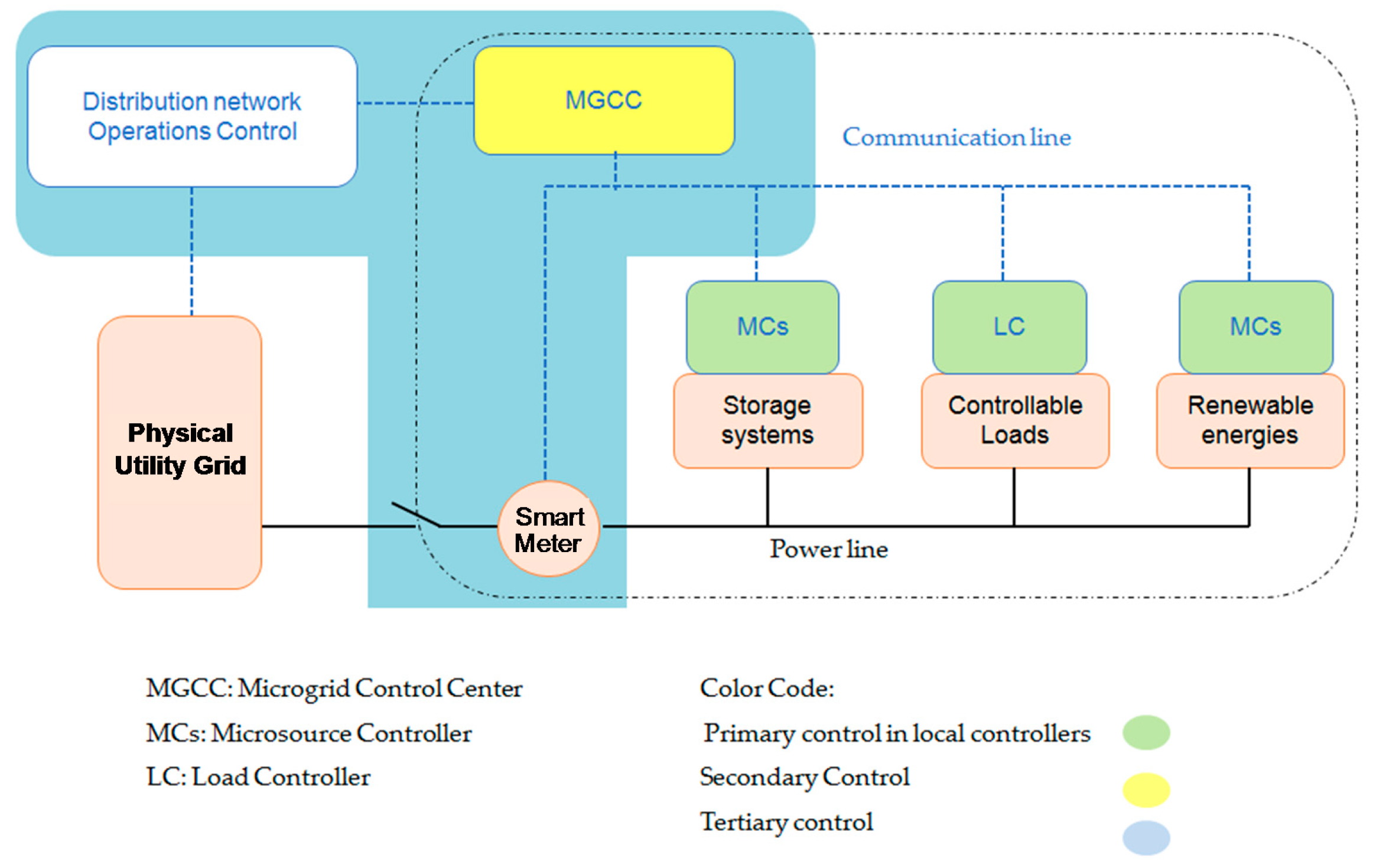

#Wiki errors tech utilities review software#
The Amazon WorkSpaces bundle specifies the resources you need, which desktop operating system you want to run, how much storage you want to use and the software applications you want prepackaged. Next, select an Amazon WorkSpaces bundle for the user. To provision an Amazon WorkSpace, first select a user from your directory. You can use this account to sign into the AWS Management Console and you can then quickly provision Amazon WorkSpaces for yourself and any other users in your organization who might require one. Q: How can I get started with Amazon WorkSpaces?Ī: To get started with Amazon WorkSpaces, you will need an AWS account. Once the user is connected to a WorkSpace they can perform all the usual tasks they would do on a desktop computer. Users will connect using credentials set up by an administrator or using their existing Active Directory credentials if you’ve chosen to integrate your Amazon WorkSpaces with an existing Active Directory domain.
#Wiki errors tech utilities review android#
Q: How do I connect to my Amazon WorkSpace?Ī: A user can connect to a WorkSpace from any supported device using the free Amazon WorkSpaces client application on supported devices including Windows and Mac computers, iPads, Android tablets, Android-compatible Chrome OS devices, or using Chrome or Firefox web browsers. A WorkSpace is available as a bundle of operating system, compute resources, storage space, and software applications that allow a user to perform day-to-day tasks just like using a traditional desktop. With Amazon WorkSpaces, your users get a fast, responsive desktop of their choice that they can access anywhere, anytime, from any supported device.Ī: An Amazon WorkSpace is a cloud-based virtual desktop that can act as a replacement for a traditional desktop. Amazon WorkSpaces help you eliminate the complexity in managing inventory, OS versions and patches, and Virtual Desktop Infrastructure (VDI), which helps simplify your desktop delivery strategy. You can pay either monthly or hourly, just for the WorkSpaces you launch, which helps you save money when compared to traditional desktops and on-premises VDI solutions. You can use Amazon WorkSpaces to provision either Windows or Linux desktops in just a few minutes and quickly scale to provide thousands of desktops to workers across the globe. The paper ends with a discussion of challenges and market barriers the technology needs to overcome to get past the hype phase, prove its commercial viability and finally be adopted in the mainstream.A: Amazon WorkSpaces is a managed, secure cloud desktop service. For each of these use cases, our contribution is twofold: first, in identifying the technical challenges that blockchain technology can solve for that application as well as its potential drawbacks, and second in briefly presenting the research and industrial projects and startups that are currently applying blockchain technology to that area. 1 Opportunities, potential challenges and limitations for a number of use cases are discussed, ranging from emerging peer-to-peer (P2P) energy trading and Internet of Things (IoT) applications, to decentralised marketplaces, electric vehicle charging and e-mobility. These initiatives were systematically classified into different groups according to the field of activity, implementation platform and consensus strategy used.

Our study reviews 140 blockchain research projects and startups from which we construct a map of the potential and relevance of blockchains for energy applications. To our knowledge, this is one of the first academic, peer-reviewed works to provide a systematic review of blockchain activities and initiatives in the energy sector. Next, we focus on blockchain solutions for the energy industry and inform the state-of-the-art by thoroughly reviewing the literature and current business cases. This work provides a comprehensive overview of fundamental principles that underpin blockchain technologies, such as system architectures and distributed consensus algorithms. Blockchains promise transparent, tamper-proof and secure systems that can enable novel business solutions, especially when combined with smart contracts. Numerous sources coming from these backgrounds identify blockchains as having the potential to bring significant benefits and innovation. Blockchains or distributed ledgers are an emerging technology that has drawn considerable interest from energy supply firms, startups, technology developers, financial institutions, national governments and the academic community.


 0 kommentar(er)
0 kommentar(er)
